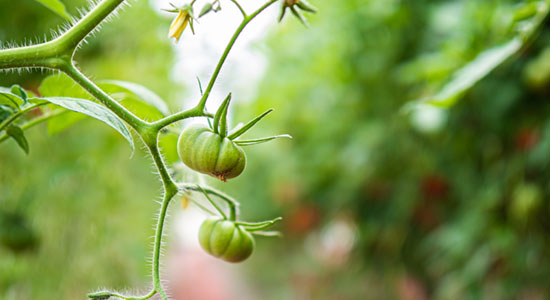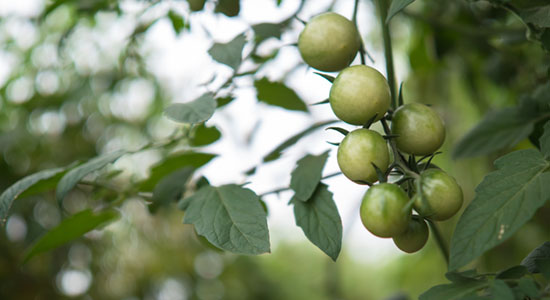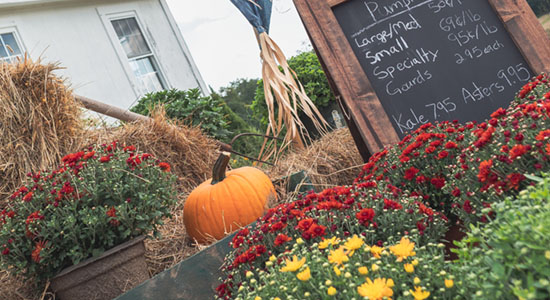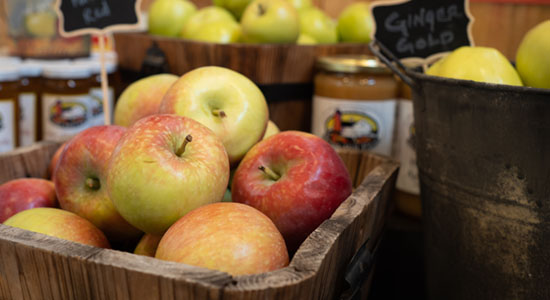It is what the Italians refer to as “campanilisimo”, that sense of place, of belonging to something greater than ourselves that one feels on this farm. The earliest humans had a fundamental understanding of the power of the sun and the length of the day’s impact on what and where they grew. They looked to the heavens for inspiration and knowledge. When Orion appeared they knew winter was on its way. This understanding is the source of many of the traditions and celebrations that we still observe and honor today. As modern farmers we may have more tools in our toolbox than these ancestors but we pay as close attention to the rhythms and cycle of the earth, sun, moon, stars and planets as they did and seek to understand the subtle ways that the environment and wider cosmos influence the growth and development of all life on our farm. Our crop planning calendars take into account this awareness and understanding by providing detailed astronomical information and indications of optimal times for sowing, transplanting, cultivating and harvesting.
As a high functioning, working organic farm we are fortunate to be located within the most temperate zone of the climate common to southeastern New Hampshire. Nestled within the Merrimac River Valley we have abundant rainfall for our crops and generally milder winters. We are also the area to see the first frost later (on average between October 11-20) and the last frost earlier (May 11-20) than the rest of New Hampshire. This allows us to be very creative in extending our outdoor growing season. We have also been blessed with exceptional soil and, through our greenhouses, have the ability to grow all year long.


 Our Spring starts in early February when the sun grows stronger, the days grow longer than 10 hours and Persephone returns to Demeter from the underworld. It is a time of great awakening on the farm. We see direct evidence of increased growth in our greenhouses and this is when we begin planting our early season greenhouse crops. The Algonquin Indian tribes that roamed freely over these lands prior to European settlement named the different full moons according to life around them. We honor those names today and the Snow Moon illuminates an abundance of farm activity well into the chilly February evenings. Come early March the tomatoes, peppers and eggplants are transplanted in the greenhouse. Cucumbers will soon follow. By the time we arrive at the Vernal Equinox day length has increased to 12 hours and all our greenhouses are teeming with life as much of what we grow for late spring and early summer will have been seeded and/or planted.
Our Spring starts in early February when the sun grows stronger, the days grow longer than 10 hours and Persephone returns to Demeter from the underworld. It is a time of great awakening on the farm. We see direct evidence of increased growth in our greenhouses and this is when we begin planting our early season greenhouse crops. The Algonquin Indian tribes that roamed freely over these lands prior to European settlement named the different full moons according to life around them. We honor those names today and the Snow Moon illuminates an abundance of farm activity well into the chilly February evenings. Come early March the tomatoes, peppers and eggplants are transplanted in the greenhouse. Cucumbers will soon follow. By the time we arrive at the Vernal Equinox day length has increased to 12 hours and all our greenhouses are teeming with life as much of what we grow for late spring and early summer will have been seeded and/or planted. Our Summer starts May 1st, as we see our orchards and pastures in bloom, the garlic is up and our hops have begun their rapid climb up the coir twine. May is our busiest planting month as everything we will harvest throughout the summer must be in the ground either in the fields or the two greenhouses we use throughout the summer. May brings the Flower Moon and is the busiest month for our spring ornamentals and by mid-month everything we grow is in full bloom. By months end we are harvesting cucumbers, tomatoes, eggplant and peppers. Our winter greenhouses are put to rest as we use the sun to help sterilize the soil until we replenish soil nutrients and plant again in late August.
Our Summer starts May 1st, as we see our orchards and pastures in bloom, the garlic is up and our hops have begun their rapid climb up the coir twine. May is our busiest planting month as everything we will harvest throughout the summer must be in the ground either in the fields or the two greenhouses we use throughout the summer. May brings the Flower Moon and is the busiest month for our spring ornamentals and by mid-month everything we grow is in full bloom. By months end we are harvesting cucumbers, tomatoes, eggplant and peppers. Our winter greenhouses are put to rest as we use the sun to help sterilize the soil until we replenish soil nutrients and plant again in late August. Our Autumn starts in early August, as with the months of September and October fully 70% of what we have grown must be harvested before the first frost. Come September 1st, other than garlic, nothing more will be planted in the fields until the following May. We again begin planting in our greenhouses for the upcoming fall and winter. We focus our so-called cold growing on root vegetables, onions, lettuce and leafy greens, as we know from experience they thrive in our cool greenhouses throughout the winter. These crops we can grow all winter long in our greenhouses, which are only heated to prevent freezing.
Our Autumn starts in early August, as with the months of September and October fully 70% of what we have grown must be harvested before the first frost. Come September 1st, other than garlic, nothing more will be planted in the fields until the following May. We again begin planting in our greenhouses for the upcoming fall and winter. We focus our so-called cold growing on root vegetables, onions, lettuce and leafy greens, as we know from experience they thrive in our cool greenhouses throughout the winter. These crops we can grow all winter long in our greenhouses, which are only heated to prevent freezing. Our year both ends and begins in Winter. Once the air chills and the day length drops below 10 hours in early November signaling Persephone’s return to Hades we have generally put away the field harvest, planted all of our winter greenhouses and have begun trimming out the Farm for Thanksgiving and Christmas. We plant our garlic in mid November and harvest it the following June.
Our year both ends and begins in Winter. Once the air chills and the day length drops below 10 hours in early November signaling Persephone’s return to Hades we have generally put away the field harvest, planted all of our winter greenhouses and have begun trimming out the Farm for Thanksgiving and Christmas. We plant our garlic in mid November and harvest it the following June.